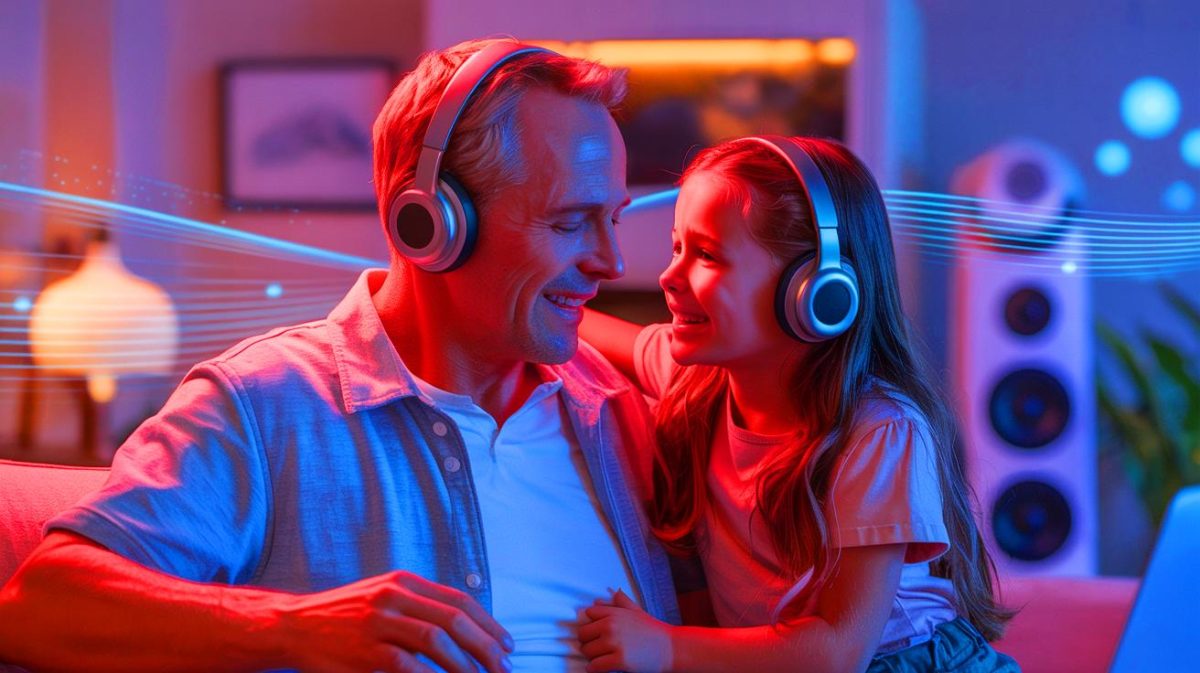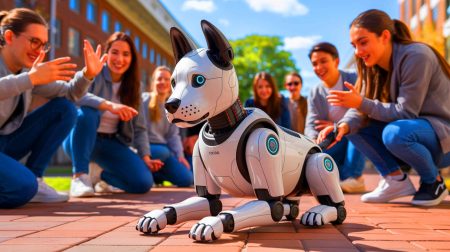| IN A NUTSHELL |
|
For ten years, the world of Daniel Lalara was wrapped in silence, a silence broken only by the persistent hum of thoughts trapped within. Diagnosed with Machado-Joseph Disease (MJD), Daniel saw his ability to communicate dwindle to nothingness. However, the revolutionary capabilities of AI technology have changed his narrative, transforming his inner voice into a melodious song for his daughter. This breakthrough underscores the incredible potential of AI in reinstating voices lost to rare, debilitating diseases, offering hope to many who suffer in silence.
Understanding Machado-Joseph Disease
Machado-Joseph Disease, often referred to as MJD, is a rare, hereditary disorder. It begins insidiously, with subtle muscle weakness that gradually progresses, leading to a complete loss of voluntary control. Over time, this condition results in significant physical disability, while the cognitive function remains intact. In the Northern Territory, where Daniel Lalara resides, the occurrence of MJD is surprisingly common, yet no cure has been discovered. Patients like Daniel are trapped in bodies that betray them, their minds active and alert, but their physical capabilities severely restricted. The progression of MJD is relentless, leaving those affected reliant on others for communication and daily needs.
Despite these challenges, the resilience of individuals and their families shines through. The MJD Foundation, established to support those affected, plays a crucial role in bringing awareness and assistance to the community. The foundation’s efforts highlight the importance of continuous research and innovation in finding ways to alleviate the burdens of such diseases. Through Daniel’s story, we see not just the struggle, but also the persistent hope for a breakthrough, a hope now partially realized through the intervention of AI technology.
AI’s Role in Giving Back a Voice
In a groundbreaking collaboration, psychologist Damien Howard harnessed the power of AI to help Daniel Lalara express his thoughts through a song titled “For My Children.” This heartfelt tune, written for Daniel’s daughter Mikaela, who also battles MJD, represents more than just a musical composition. It is a testament to the profound impact of AI in bridging communication gaps caused by degenerative diseases. Utilizing ChatGPT and Suno.AI, Dr. Howard transformed Daniel’s non-verbal cues and prompts into an upbeat jazz melody, crafting a touching message that resonates with emotion and personal significance.
The process was intricate yet innovative, involving a series of yes-or-no questions and word prompts to capture Daniel’s intentions. The result was a three-and-a-half-minute song that served as a letter to Mikaela, laden with love and strength. This project not only exemplifies the technical prowess of AI but also its capacity to foster human connection, turning digital algorithms into a vehicle for personal expression and emotional outreach.
The Emotional Impact on Loved Ones
When Daniel’s song was finally unveiled, the emotional reaction was profound. For his mother, Ms. Jenny Baird, the music was more than just sound; it was the return of a voice long lost. “It’s like bringing ‘Daniel’ back again,” she expressed, with tears reflecting both joy and the pain of years past. For family and friends who witnessed this moment, it was a reminder of Daniel’s vibrant cognitive presence, now given a medium to connect with those around him.
Libby Collins, Daniel’s childhood friend, was moved to tears, acknowledging that AI had facilitated something truly remarkable. “To hear fully-formed sentences and sentiment from Daniel after such a long time was really lovely,” she shared, emphasizing the uniqueness of AI in offering such possibilities. The collaboration between AI and human emotion showcased here provides a glimpse into the potential for technology to serve as a compassionate ally in overcoming communication barriers.
The Future of AI in Communication
Daniel Lalara’s journey with AI presents a compelling vision of what lies ahead in the field of assistive technology. Through AI, we see the possibility of restoring not only communication but also the dignity and personal agency that degenerative diseases often strip away. This technology allows for a deeply human expression, offering a voice to those rendered silent by their conditions. However, as we embrace these advancements, we must also consider the ethical implications and strive to preserve the authenticity of each individual’s voice.
Looking forward, the challenge will be to expand these capabilities, making them accessible to a broader audience while ensuring that the emotional and personal connections they foster remain genuine. As AI continues to evolve, the question remains: How can we best harness its potential to enhance human communication and connection in a world where voices are sometimes lost?
Did you like it? 4.5/5 (26)








C’est incroyable de voir comment la technologie peut redonner une voix à ceux qui en ont perdu la capacité. 😮
Est-ce que cette technologie pourrait être appliquée à d’autres maladies dégénératives?
Bravo à l’équipe derrière ce projet! Vous faites une vraie différence. 👏
Est-ce que quelqu’un sait combien ça coûte d’utiliser une telle technologie?
C’est beau de voir que même la technologie peut être utilisée pour des causes aussi humaines. ❤️
Comment fonctionne exactement cette technique avec l’IA? J’aimerais en savoir plus.
Un grand merci à l’équipe qui a rendu cela possible. Vous êtes des héros! 🌟
Je suis un peu sceptique… est-ce que l’IA peut vraiment reproduire une voix humaine avec précision?
Quelqu’un a-t-il essayé cela avec ChatGPT? Est-ce fiable?